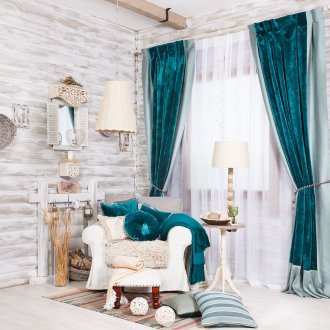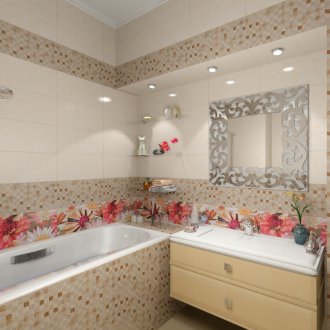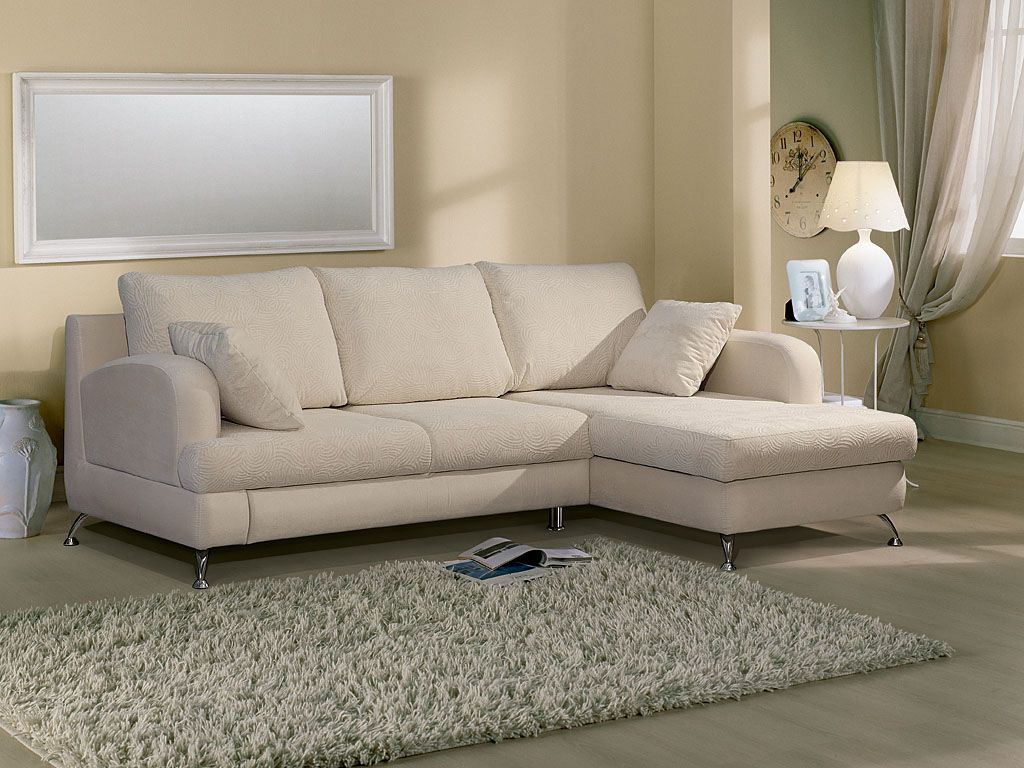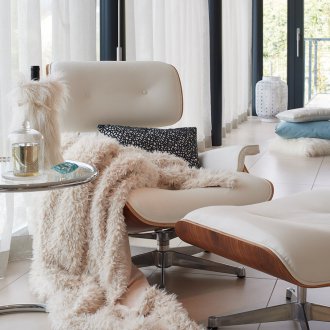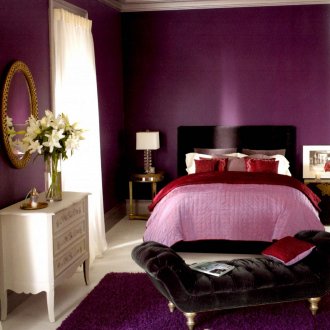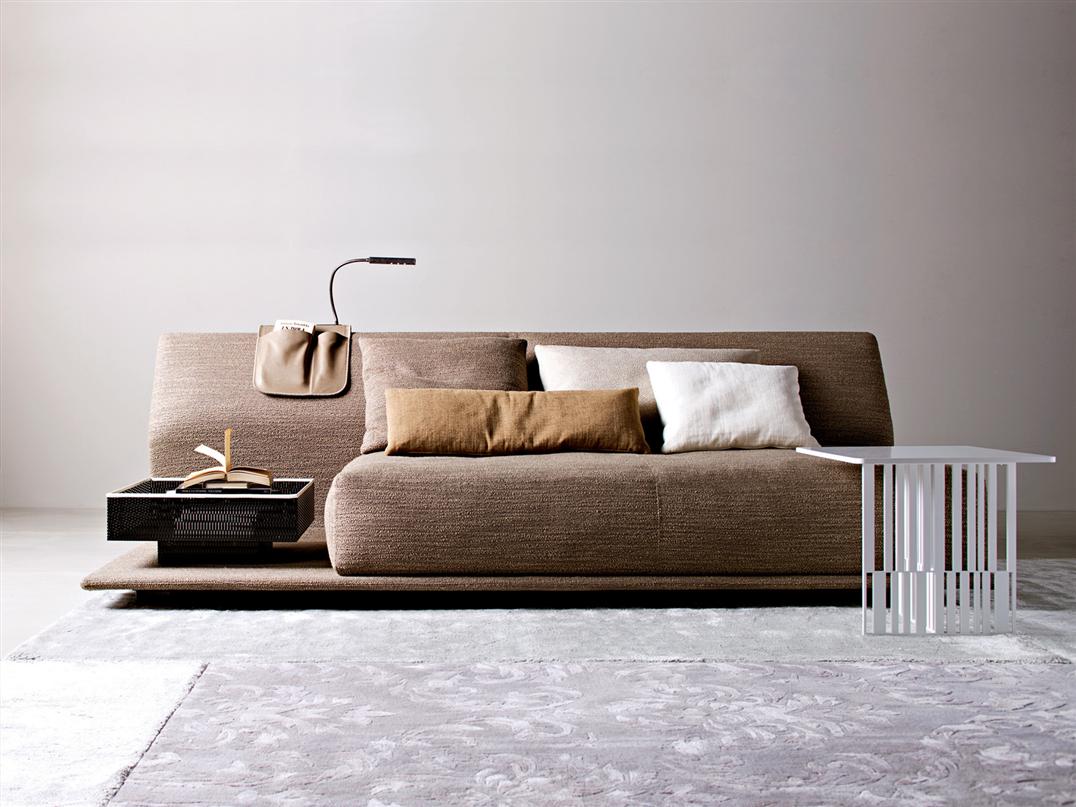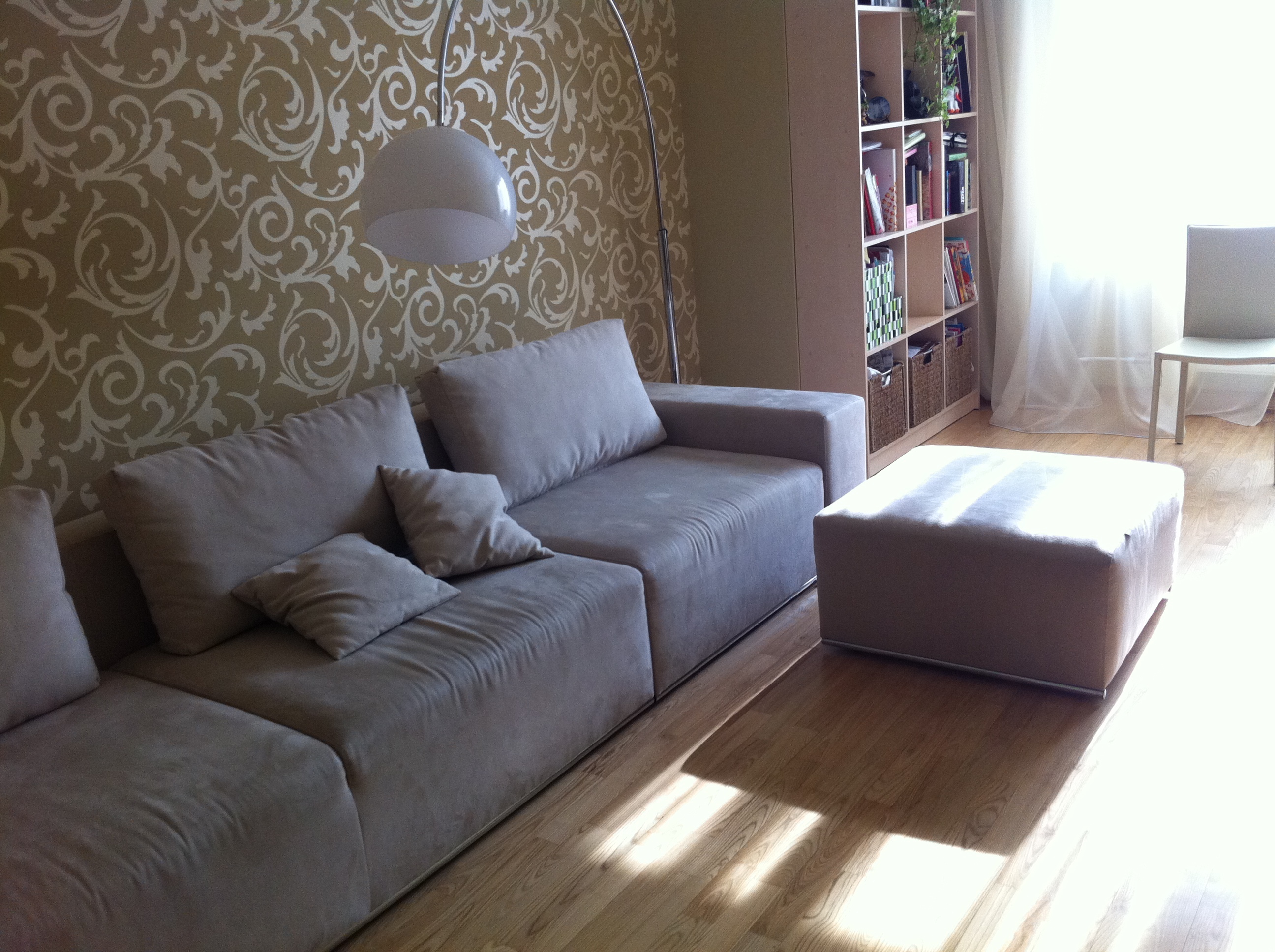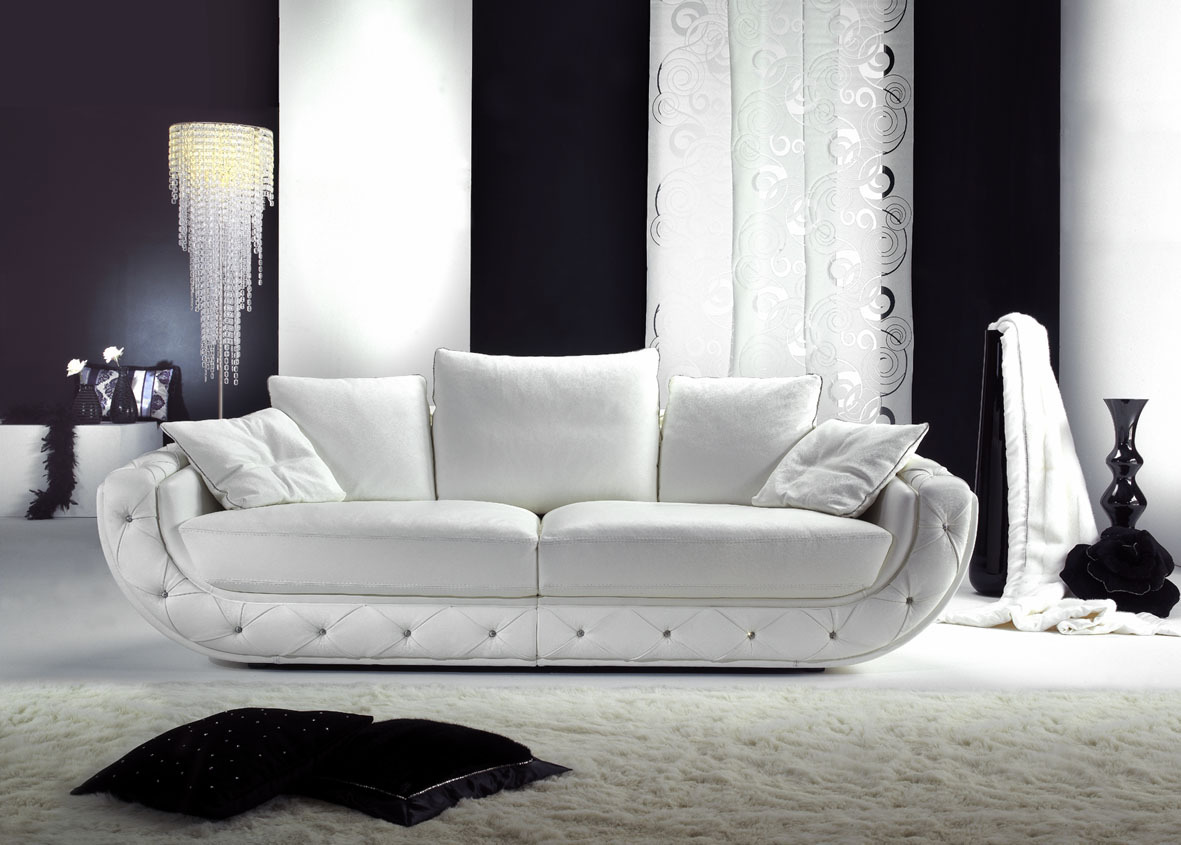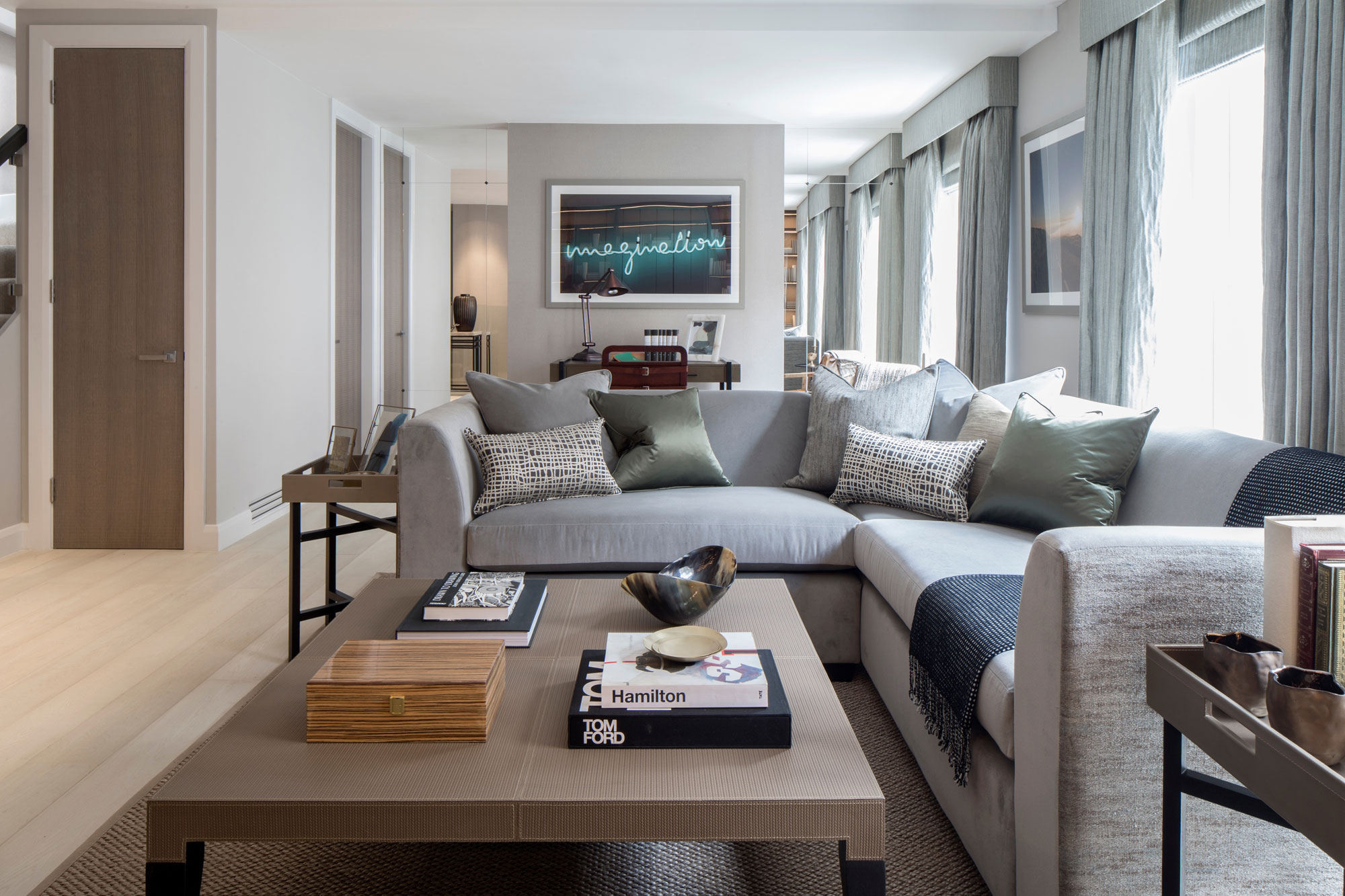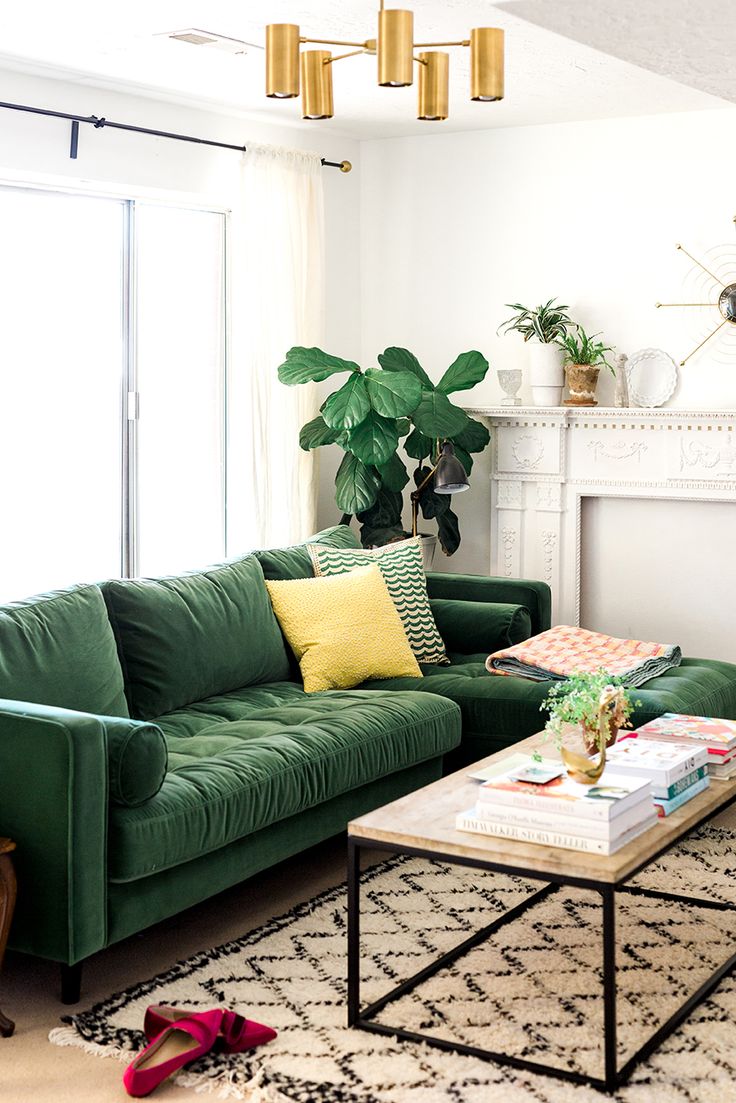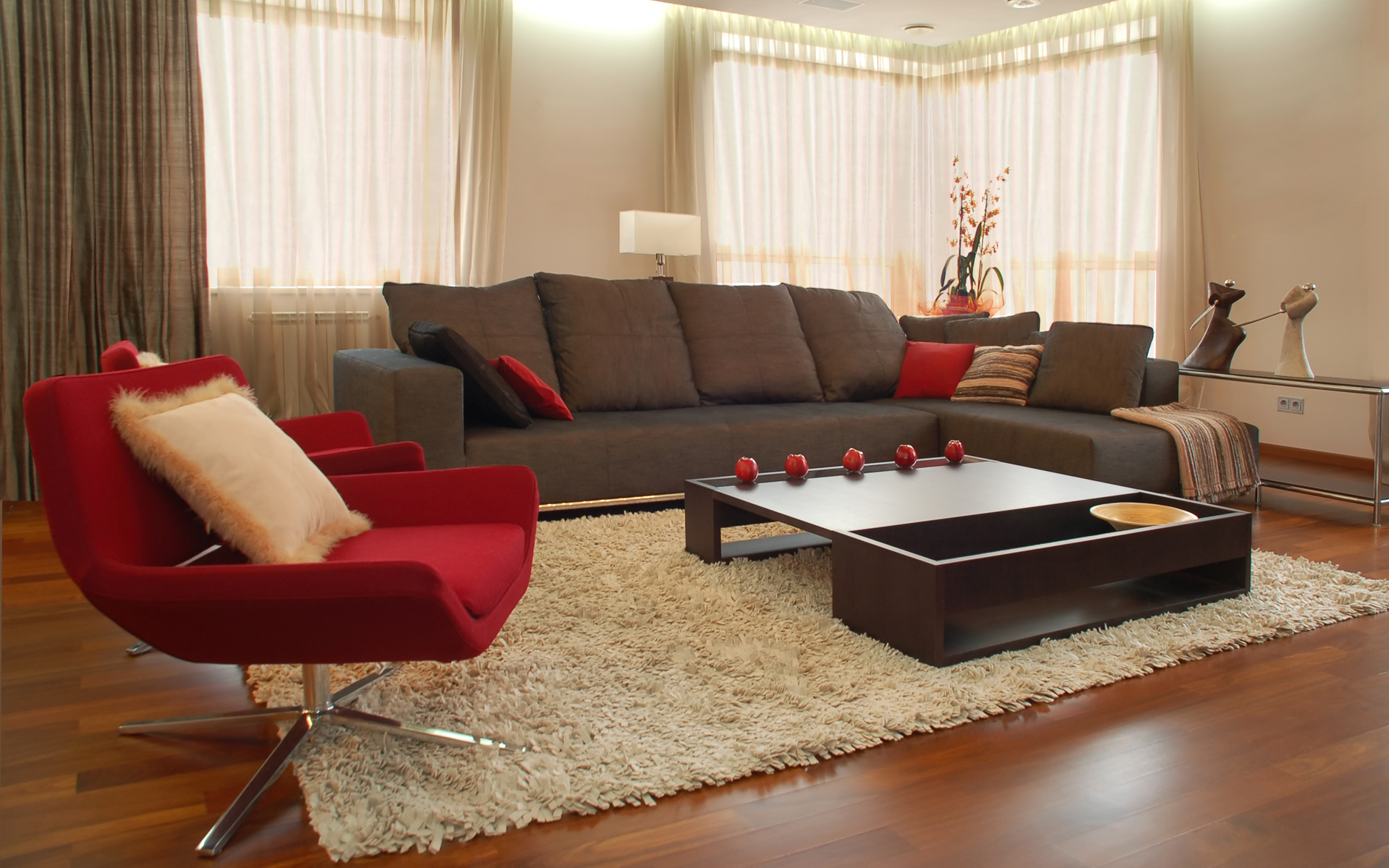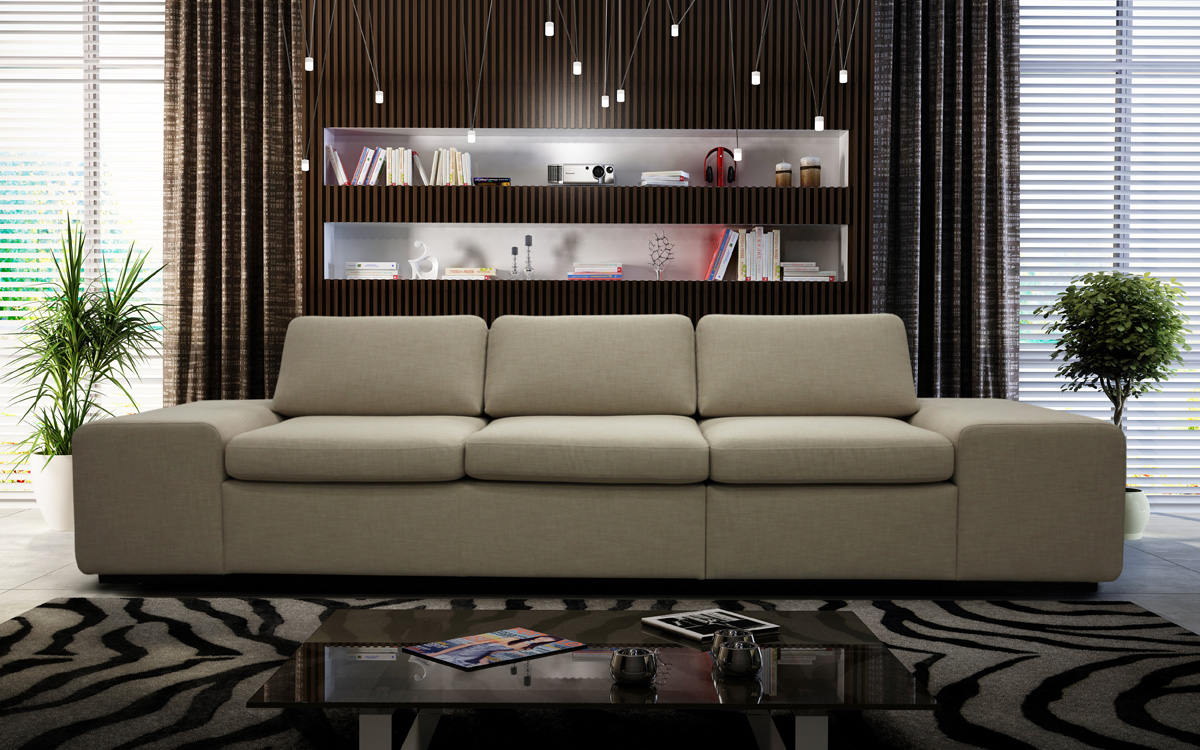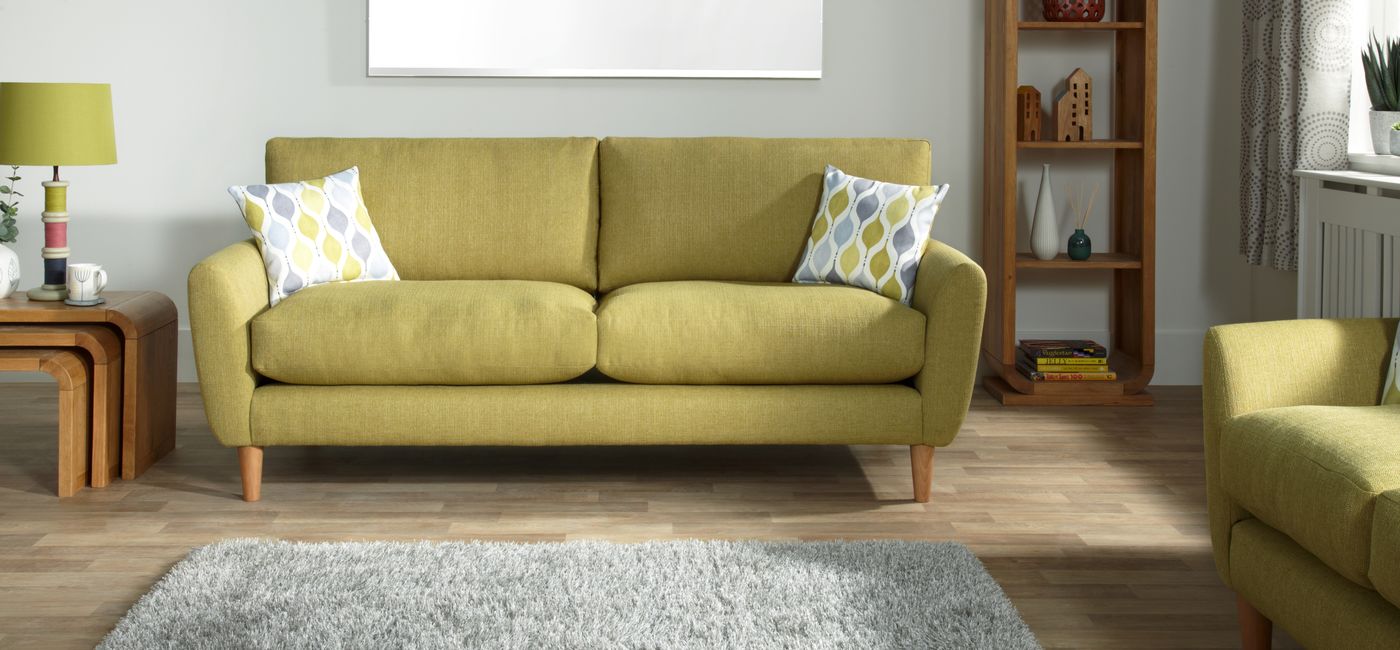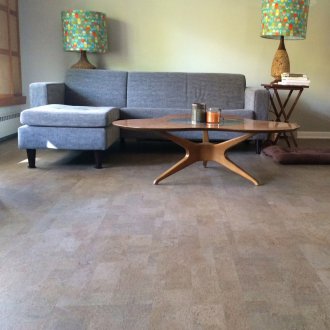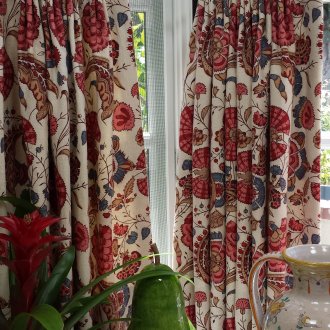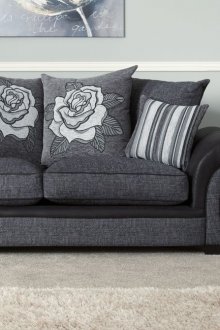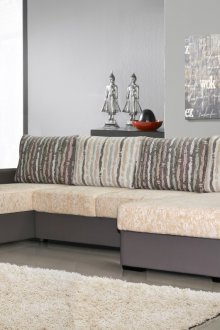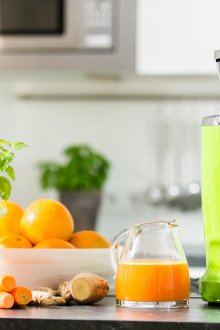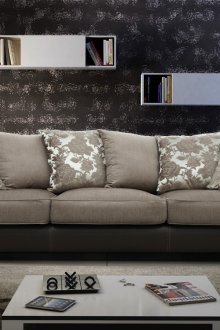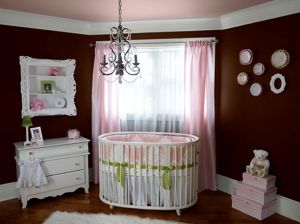Fabric sofa in the interior: material features (23 photos)
Content
The decor of a modern apartment is a harmonious combination of functionality, rationalism and original non-standard ideas. Furniture plays an important role in shaping the interior of a room. So, for example, direct fabric sofas give comfort rooms, create comfort for households and guests.
Advantages of textile upholstery:
- a wide selection of textures: velvet “hem”, luxurious velvet, fleecy Chenille, glossy silk;
- an infinite number of plain colors or patterns / patterns;
- interchangeability (in the form of additional removable covers);
- creation of beautiful furniture draperies;
- pleasant, warm and homely tactile sensations;
- the ability to order corner fabric sofas with an unusual combination of companion materials in color / texture.
The main characteristics of the textile
The choice of upholstery for a sofa should not be underestimated. After all, it is desirable that the furniture was acquired not only by the color of the textile. Therefore, to make the right choice, it is recommended to get acquainted with the main characteristics of fabrics that are used in the “upholstery world”:
- density: the higher the indicator (from 200 g / sq.m.), the more durable the material;
- Strength determines how long the fabric will not rub. The indicator is the number of cycles according to the Martindale test. The technique is simple: a tissue sample is fixed on the holder, and then a disk with an abrasive (wool / sandpaper) rubs the sample in a circular motion. One cycle - one circular motion. The average for furniture textiles is 10-15 thousand cycles;
- resistance to fading: the material should not quickly lose color from exposure to sunlight. Color fastness is evaluated on a scale of 1 to 8, where 1 is the worst indicator. For upholstery fabrics, a sufficient parameter is higher than four;
- paint strength: textiles should not dye other materials during friction. Rating scale - from 1 to 5 (the higher the number, the better);
- impregnation / spraying: increase the service life of the fabric, facilitate the care of furniture. Moreover, the impregnation is considered more effective, since each fiber is coated with a protective film. Thanks to these technologies, textiles acquire interesting advantages: antiseptic (from dust mites and parasites), antistatic, dirt / water repellent, fireproof, odorant (aromatization of fabric with special compounds).
Of course, specifications deserve to be taken into account. But when choosing a fabric, tactile sensations are more important. It is pleasant to feel the warmth, softness of the material. It is traditionally believed that natural textiles are better than artificial. But not everything is so simple.
What to choose: natural or practical? Description of fabric types
Materials are smooth, silky, soft rough. The choice is a matter of taste, although it is desirable to take into account the advantages and disadvantages of different types of fabrics:
- artificial textiles are obtained in the chemical processing of raw materials, and it is not much different from natural thanks to innovative developments.And in some respects even surpasses natural fiber, since artificial tissue acquires individual qualities (moisture resistance, fire resistance) even in vitro;
- Natural materials are breathable and environmentally friendly. The disadvantages include difficult care (wet cleaning is prohibited for some fabrics), the need to protect from sunlight and any contaminants (stains even from water drops remain on the silk), high cost;
- mixed fabric is the best option for upholstery. The material looks like natural textiles and at the same time has decent operational properties: wear resistance, easy maintenance, good ventilation, long-term color retention. Upholstery quality depends on the percentage of artificial and natural fibers, the presence of impregnation.
But when choosing upholstery, you should not focus only on the naturalness / artificiality of fabrics. The market is constantly offering new textiles that can even make a clamshell an interesting piece of furniture.
A variety of textiles: what to look for
A lot of upholstery materials, on the one hand, allows you to choose a non-standard version of fabric for the sofa. And on the other hand - the eyes run wide, and it's hard to decide. Familiarity with the characteristics of some types of textiles will simplify the search for suitable upholstery.
Cotton
Cotton is a natural material, light and non-toxic. The fabric is well stained and ventilated. It is these properties, as well as low prices, that make fabric straight sofas with cotton upholstery the best option for the decor of children's rooms. The lack of material is a short service life (less than 5-7 years) with active use.
Velvet
Velvet (velor) - the material has a short soft pile, contains artificial / blended yarns. Available with or without embossing. Beautiful draperies create luxurious surfaces, which is why it is used for upholstering sofas of complex shapes.
Jacquard
Jacquard - patterned fabric. This textile gained wide popularity due to its high strength - the upholstery does not creep even when cut. A feature of the technology is the combination of weaving fibers and looped threading. A distinctive feature - the material receives the embossed surface thanks to the patterns. Advantages: invisibility of spots / pollution, rigidity (the form of the sofa is well preserved), unpretentiousness in leaving, hypoallergenicity. The fabric is tightly sewn in the hem, seams and therefore often it is often decorated with corner fabric sofas.
Shenill
Chenille - the fabric contains fluffy threads, has a complex weaving pattern. The material is hypoallergenic, durable. There are many colors to choose from. Sofas are vacuum cleaned or washed with soapy water.
Flock
Flock (micro-velor) is the most common upholstery material. The basis of the fabric is cotton, polyester. Pile is made of nylon. Such a combination of fibers gives the upholstery strength and appearance. Easy maintenance - the silky sheen of the material is supported by dry cleaning with a vacuum cleaner.
Gunny
Gunny today is made from cattail fibers with the addition of polyester. Such a combination gives the upholstery fabric density, elasticity, rigidity. At the beginning of the twentieth century, bags and coarse clothes were sewn from matting. Therefore, in a contemporary design, sofas with fabric upholstery from matting complement country-style interiors.
Do not forget that the use of several materials allows you to create creative and unique furniture models. When buying a sofa, you can use the manufacturer's service: choose upholstery according to personal preference.
Choose a fabric sofa: which room, such and upholstery
To furniture harmoniously looked in the interior, the purpose and style of the room must be taken into account:
- the children's room is successfully complemented by double fabric sofas upholstered with materials with natural fibers (chenille, linen / cotton). As needed, the textiles of small sofas can be easily updated / changed. It should be remembered that the fabric must necessarily have protective properties (from getting wet, contamination). As an option, it is worth considering flock - it is easy to care for the fabric and just wash it with brushes;
- mainly sofas and armchairs are placed in the living room. Naturally, the textiles, appearance and form of the elements of the decor should reflect the interior of the room. When designing in a minimalist style, items upholstered in flock look favorably. Gray fabric sofas will be in perfect harmony with the interior, designed in the traditional colors of minimalism - white, black. Baroque furniture stands out for its splendor and wealth. A velvet velor upholstery will emphasize the elegance of luxurious sofas and armchairs;
- For a berth folding sofas are used. To rest was comfortable, choose furniture with upholstery from mixed fabrics (gunny). Also suitable for upholstery: velor, chenille, jacquard. Often in small apartments a room performs several roles (living room, study, bedroom). It is optimal if the furniture is also multifunctional. In the light of these wishes, a fabric sofa bed is a great option.
Subtleties of care for upholstered furniture
The developers are trying to simplify the life of customers as much as possible and make the use of furniture comfortable and not burdensome. Straight fabric sofas require less maintenance. It is generally recognized that furniture will last much longer if you follow at least the minimum rules for the care of products:
- regular (optimally - weekly) dry cleaning of the sofa. You can use a vacuum cleaner or a regular brush;
- it is better to get spilled liquid. To avoid the spread of contamination, movements produce from the edges of the spot to its center;
- after wet processing of the upholstery, it is not recommended to sit on the sofa until the textile dries;
- if you want to try a new upholstery care product, check its effect on a small inconspicuous area;
- Do not use cleaning agents with aggressive additives.
Warm and vibrant textile upholstery is always in demand. The furniture market offers an incredibly many models for every taste and budget. A variety of shapes, upholstery, colors will allow for a long time to make a fabric sofa the main element of the interior or a modest detail of the cabinet.
